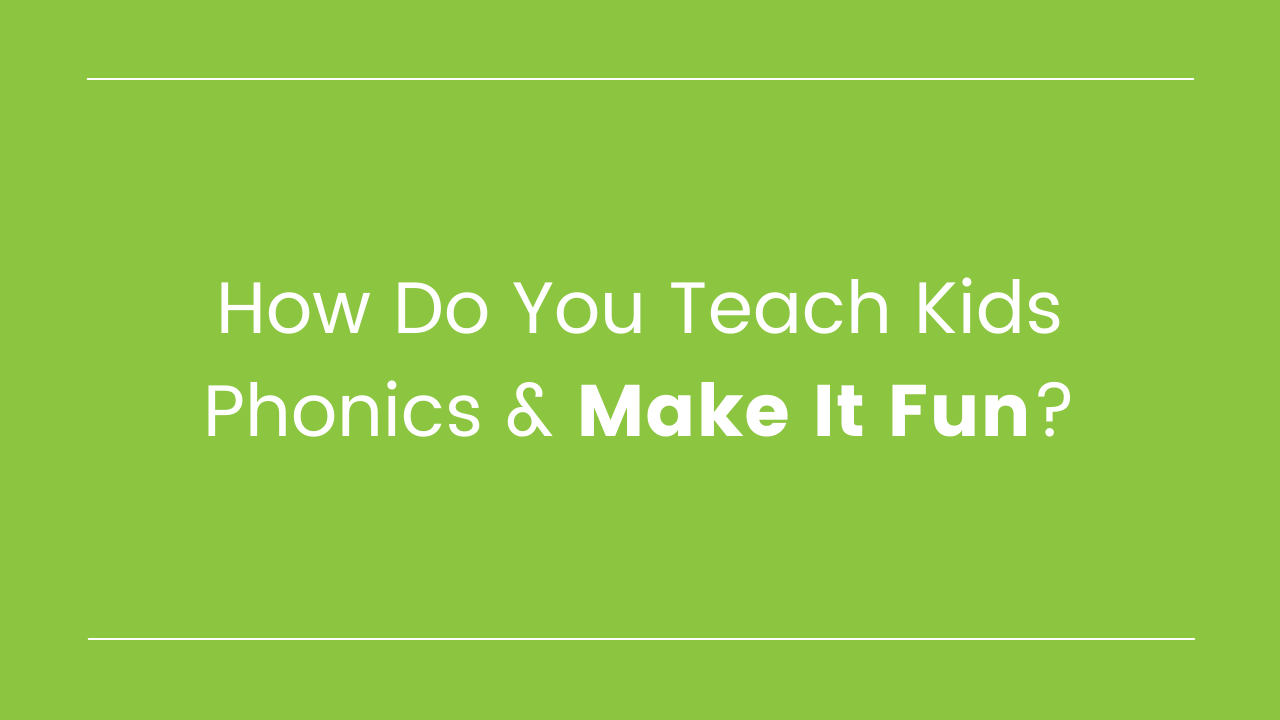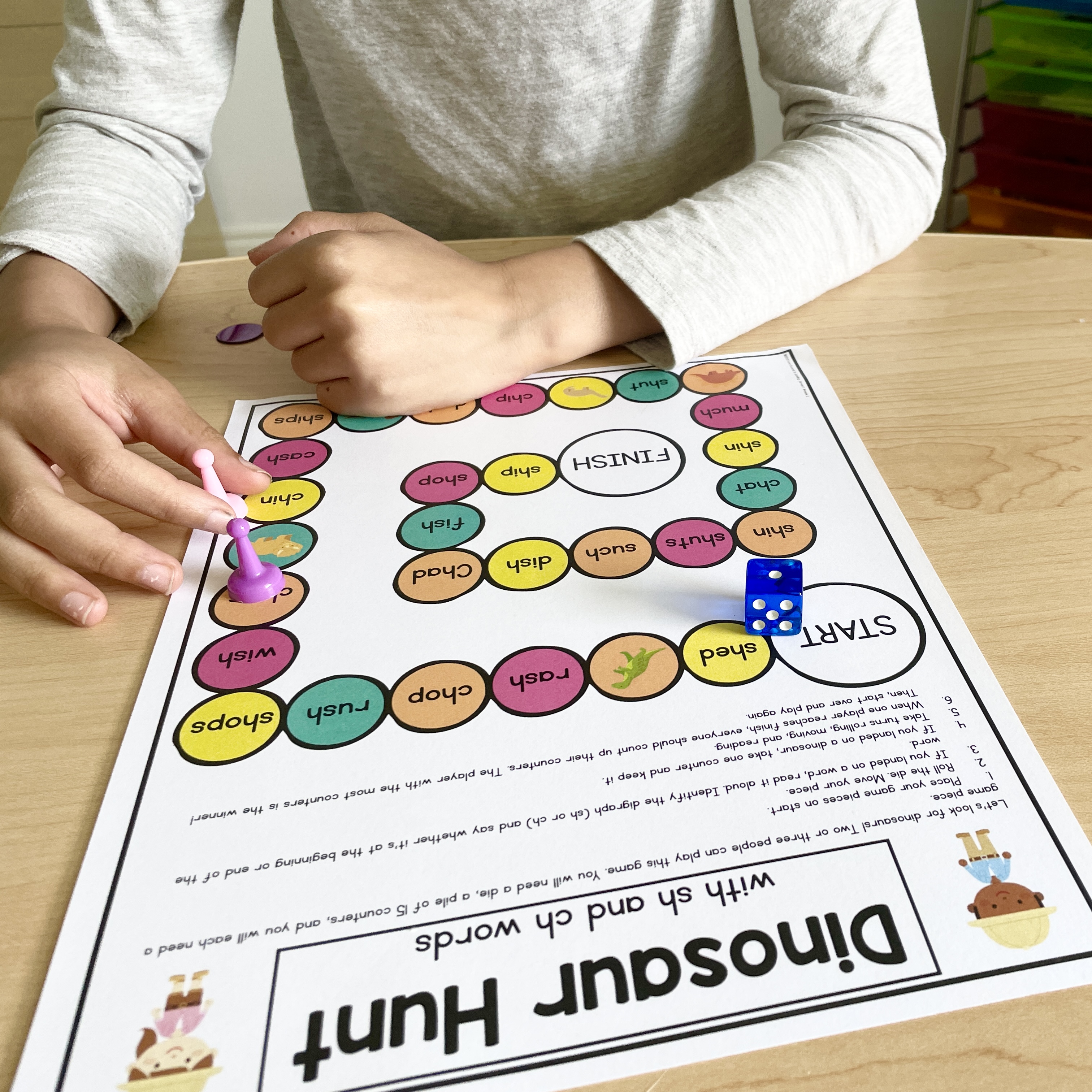
How Do You Teach Kids Phonics and Make it Fun?
Teaching phonics means teaching kids the relationships between letters and sounds. The purpose of phonics instruction is so that students learn to read and write, so it's very important! But sometimes phonics instruction or phonics programs get a bad reputation for being "dry" or "boring." That said, phonics is only boring if you allow it to be boring! In this article, we'll explore 3 ways to teach kids phonics and make it fun!
Many of these ideas work well for both teachers and parents, but if you're a parent wanting ideas for phonics activities to do at home, check out this article!
Engage Students' Natural Curiosity
As adults, we already know how to read. We already know a lot about how phonics patterns and words work.
But when children learn to read, they're learning this stuff for the very first time! They're unlocking a whole new world that hasn't existed to them previously. So we need to capitalize upon that "newness" and engage their curiosity!
We can do this in a variety of ways. For one, we can bring joy and enthusiasm to our phonics teaching.
For example, we can tell children how cool it is that when the letters s and h are on their own, they make their own sounds. But when they're together - because they are best friends - they produce a whole new sound, the digraph /sh/! Students will delight in calling this pair "best friends" and may even become excited when they discover the pair in books or other print.
We can also invite our students to be "Letter Detectives" or "Word Detectives." We can have them find example of phonics patterns in real texts - whether it's books, magazines, or digital media. Children love playing detective, going on scavenger hunts, or any other kind of "searching" activities - and it's good for practicing phonics skills, too!
Play Phonics Games
Kids love to play games - and that applies to phonics, too! Games are a great way to help students practice reading words with a given phonics pattern. If you add a recording sheet, students can also practice writing the words they land on. It feels like they're just playing, even though they're learning too!

Use a Variety of Phonics Teaching Materials
Using different materials is not only effective, but it also helps keep students' interest! Here are some ideas for different phonics teaching materials and how you might incorporate them.
Writing Utensils - crayons, markers, colored pencils, paint
Students need to practice spelling words when they're learning phonics. Vary the materials from time to time to keep things fresh! You can also have students write on paper sometimes, and sometimes on a dry erase board.
Word Building Utensils - magnetic letters, tiles, or other alphabet materials
Having students build words with materials is an effective multi-sensory activity. Choose from alphabet magnetic letters, tiles, or any other type of material you have. You can even write alphabet letters on old water bottle caps and have kids build words with them!
Multisensory Materials - sand, shaving cream, hair gel, etc.
Students can also write letters and sounds in sensory materials! Try colored sand on a paper plate, shaving cream spread thinly on a table, or hair gel with food coloring in a plastic baggie. Students can say the letters and the sounds aloud as they trace.
Conclusion
There are an infinite number of ways to teach kids phonics and make it fun! Our phonics program, From Sounds to Spelling, is fun for both teachers and students. It uses the strategies mentioned in this post and many more. To download a free sample of materials, visit this link.




